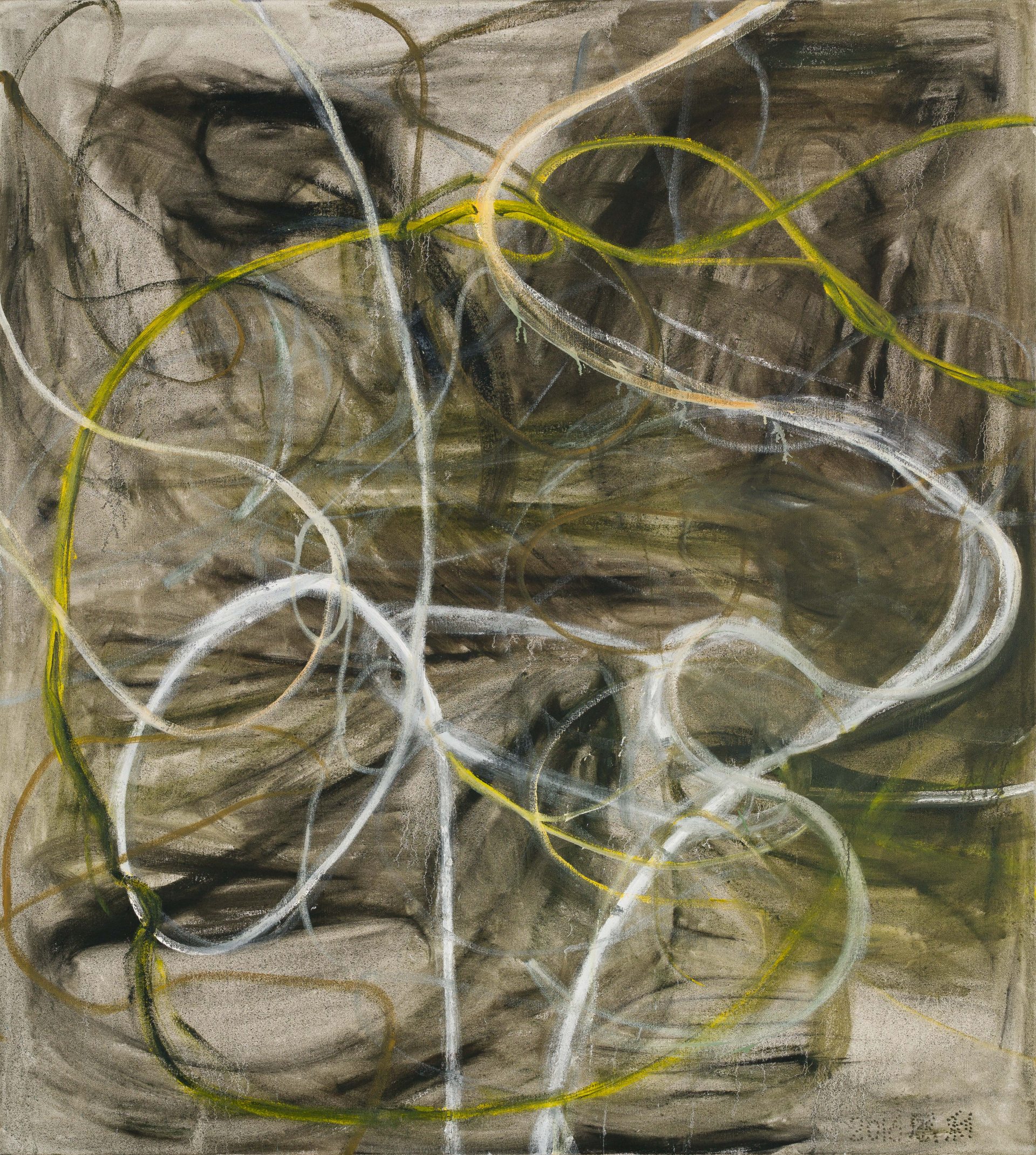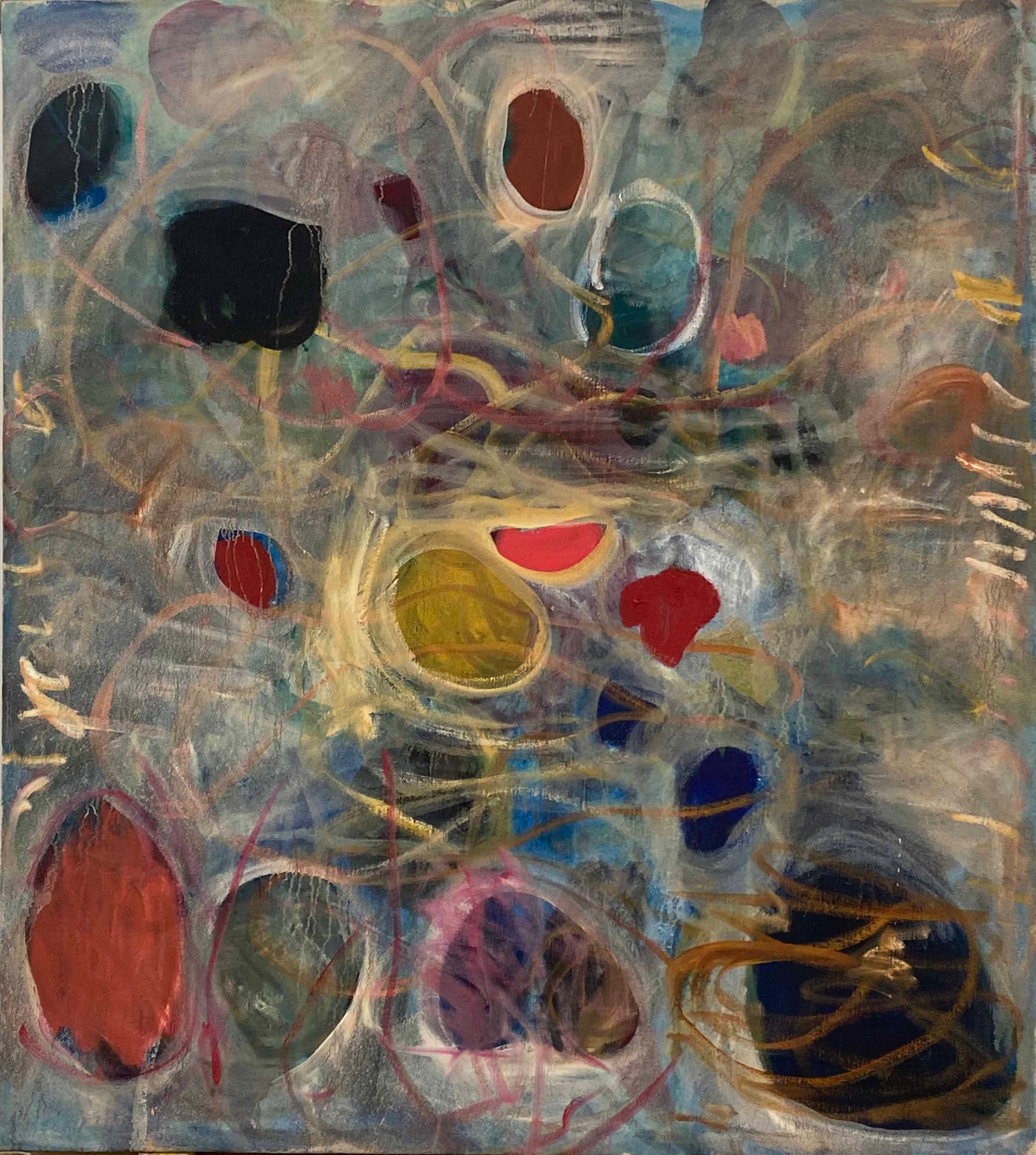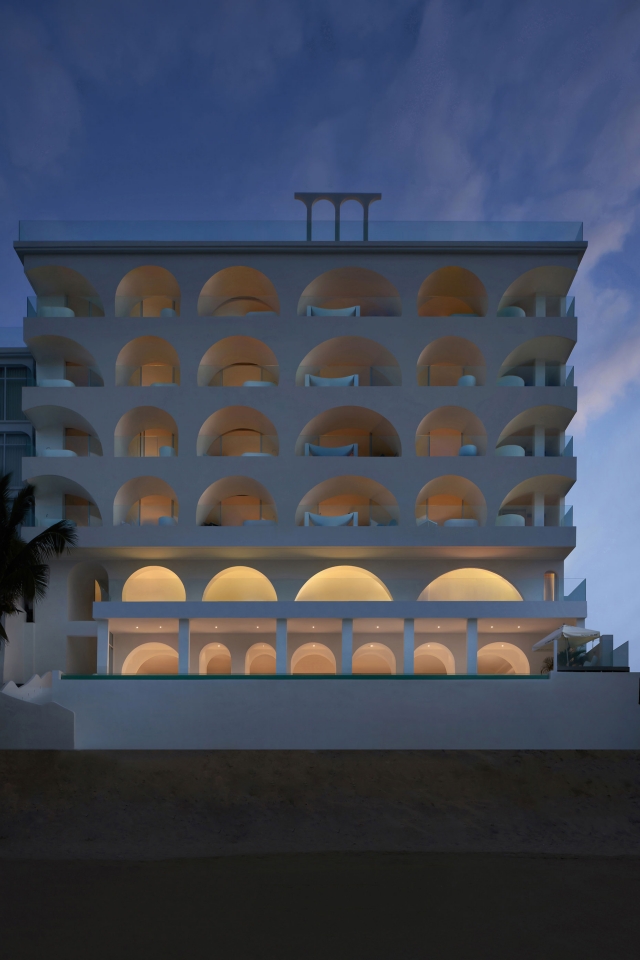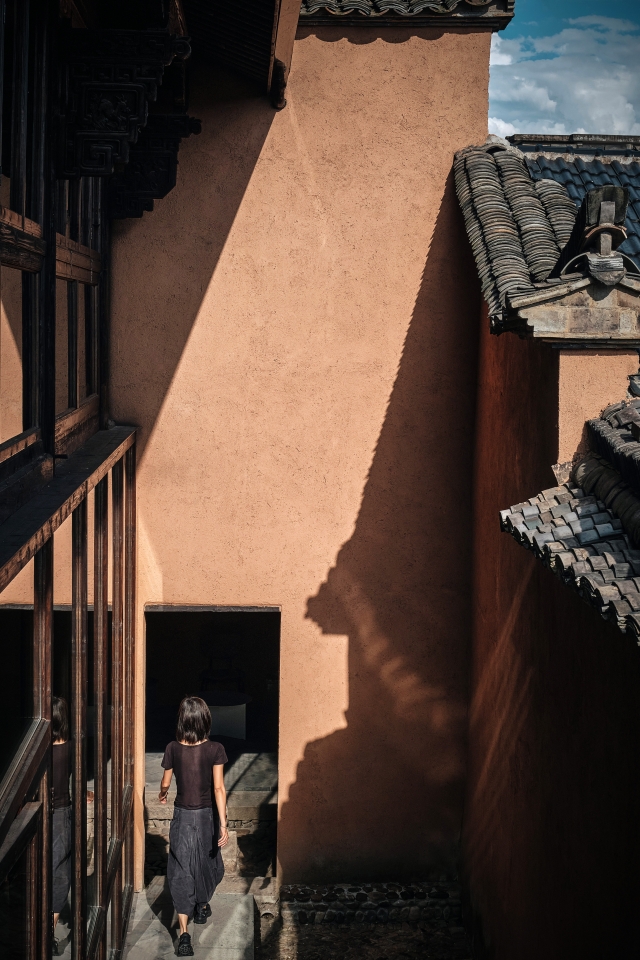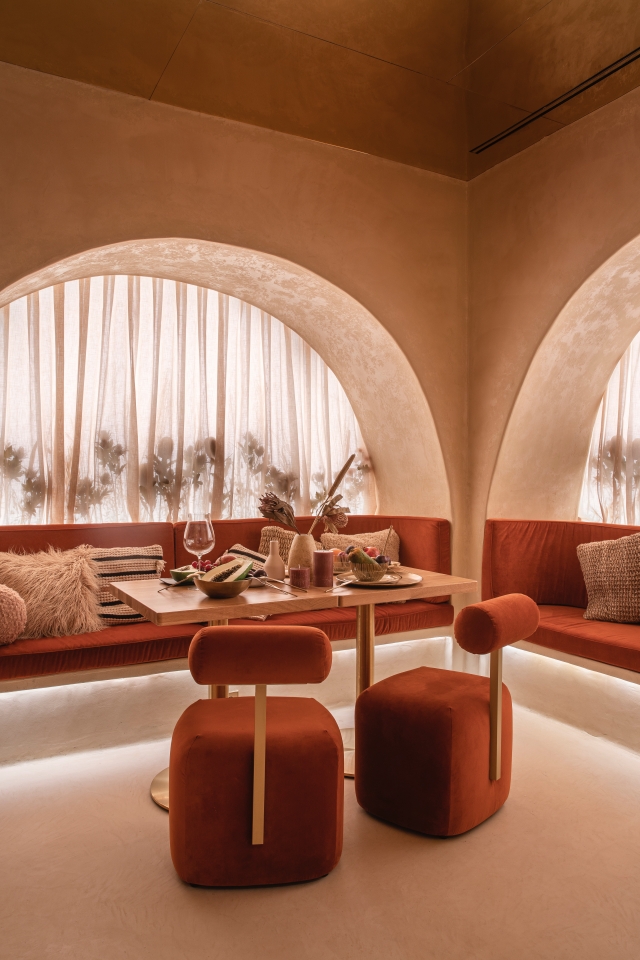Founded by a world-renowned entrepreneur who dedicated this project to his hometown by providing an institution combining modern art with local and historical heritages, HEM is in the neighbourhood of the business headquarters of his company - next to the city’s park - which created a network for the community that puts various elements of the city at this juncture.
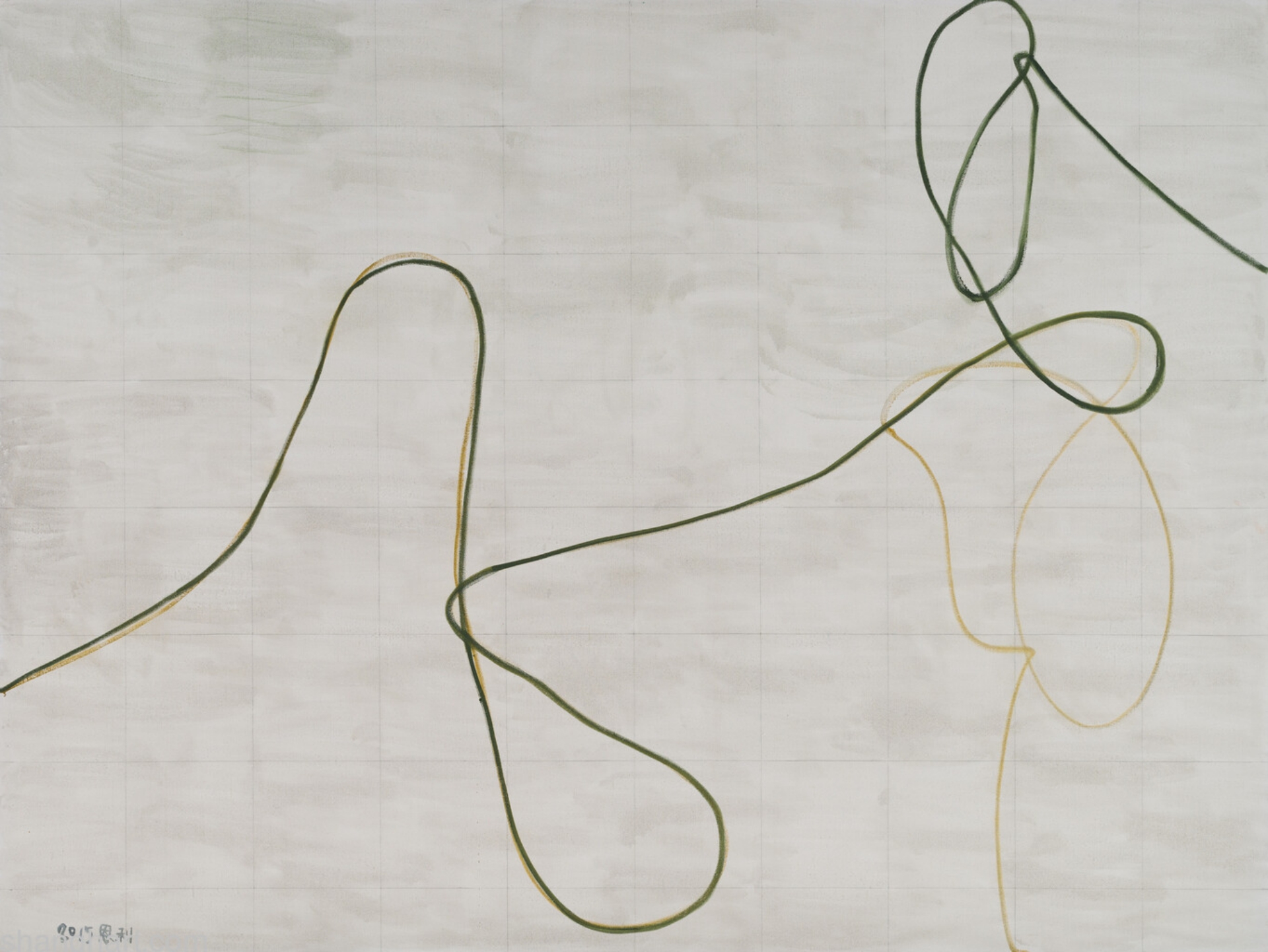
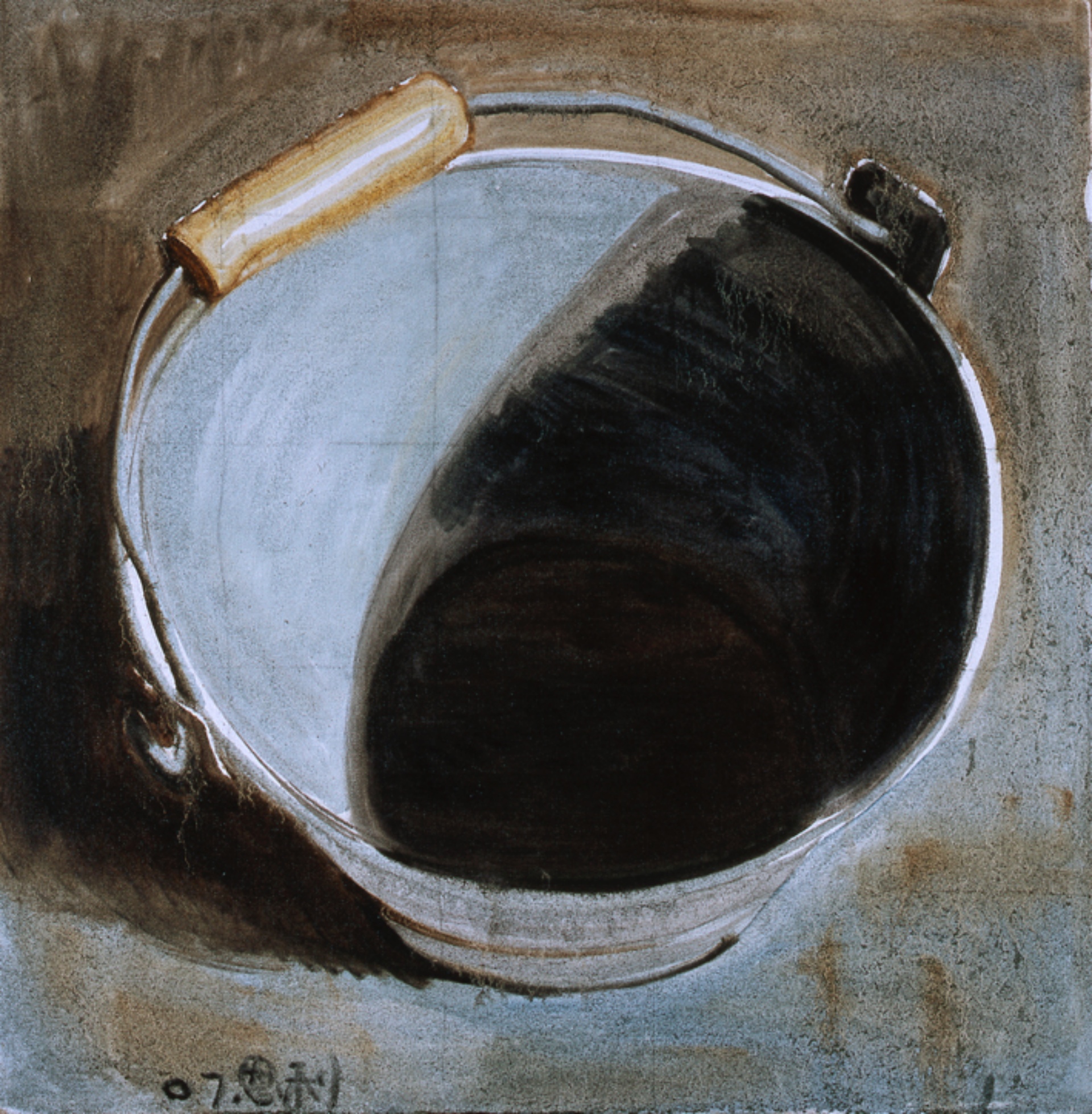
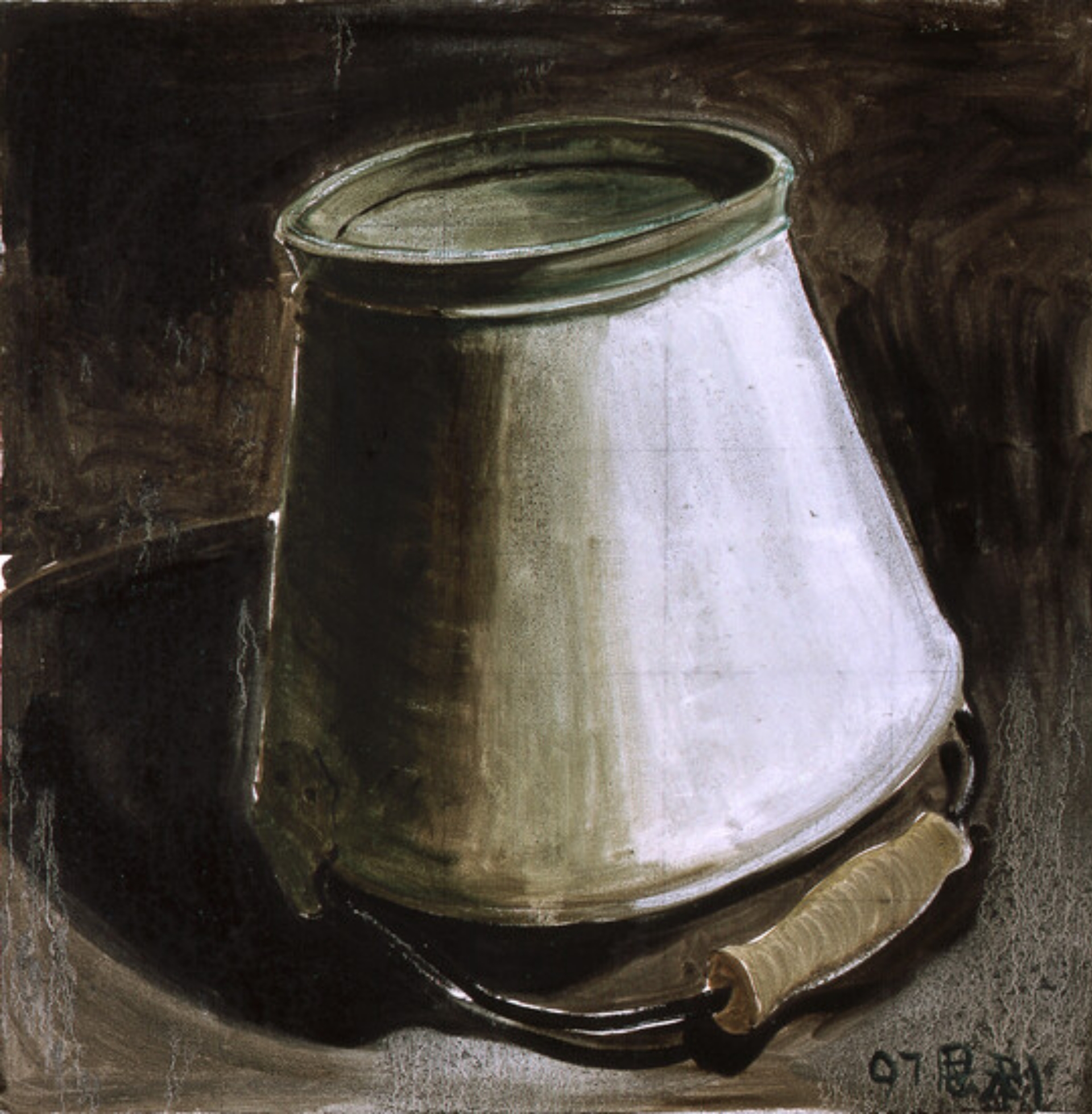
The museum is HEM, which stands for He (Chinese character “和”, to mean harmonious) Art Museum and embodies its founder’s wishes - to provide a harmonious life through the sharing of art and culture. The character “和” signifies the connotation of balance and good luck, especially in the Canton area. Therefore the design of the building takes “harmony” as the theme. From the architectural design to the craftsmanship of the details, these are presented through a variety of circles. This is an attempt to create a new culture centre that integrates Cantonese culture by extracting the unique meaning of its geometric form in the regional context.
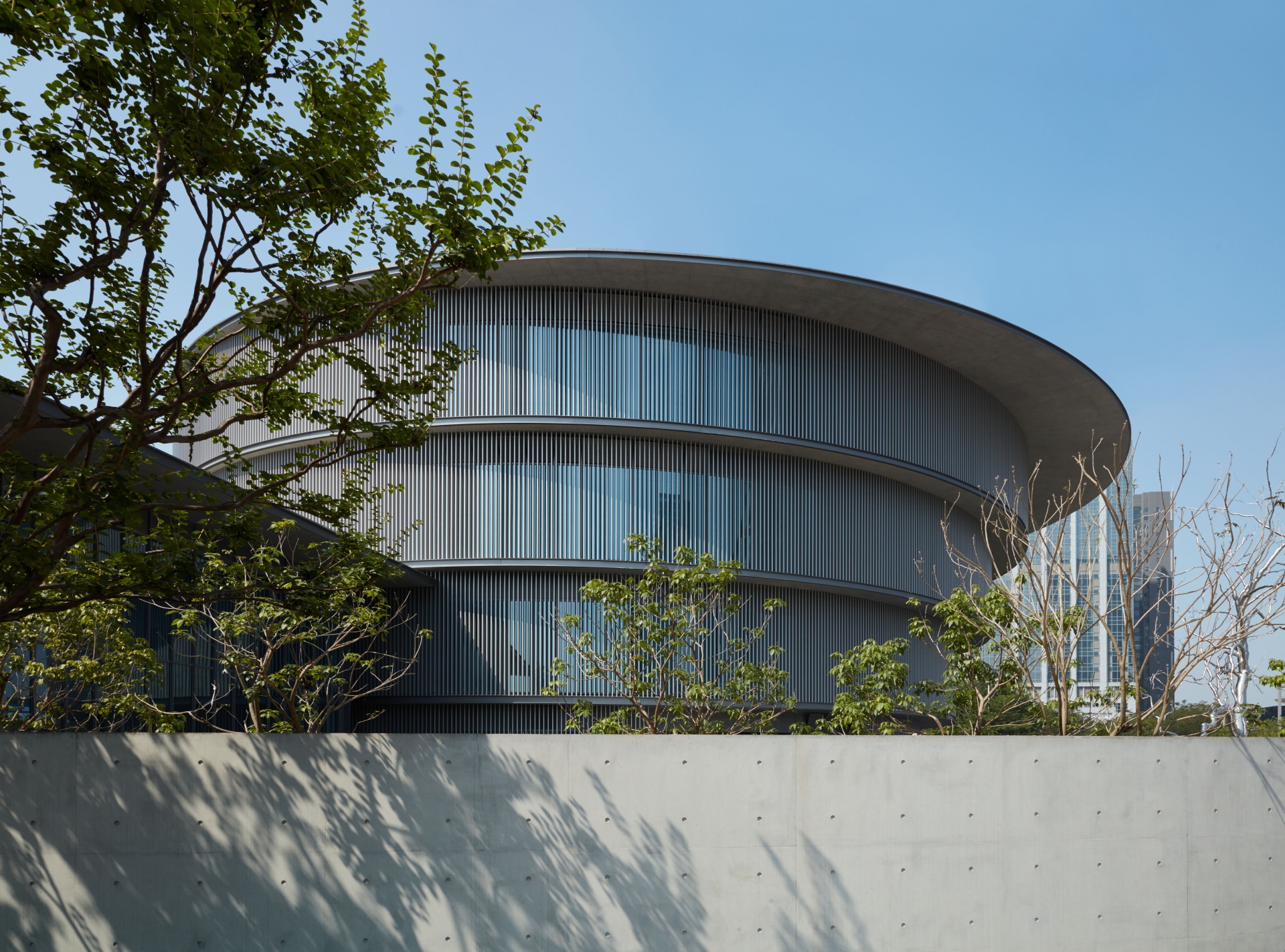
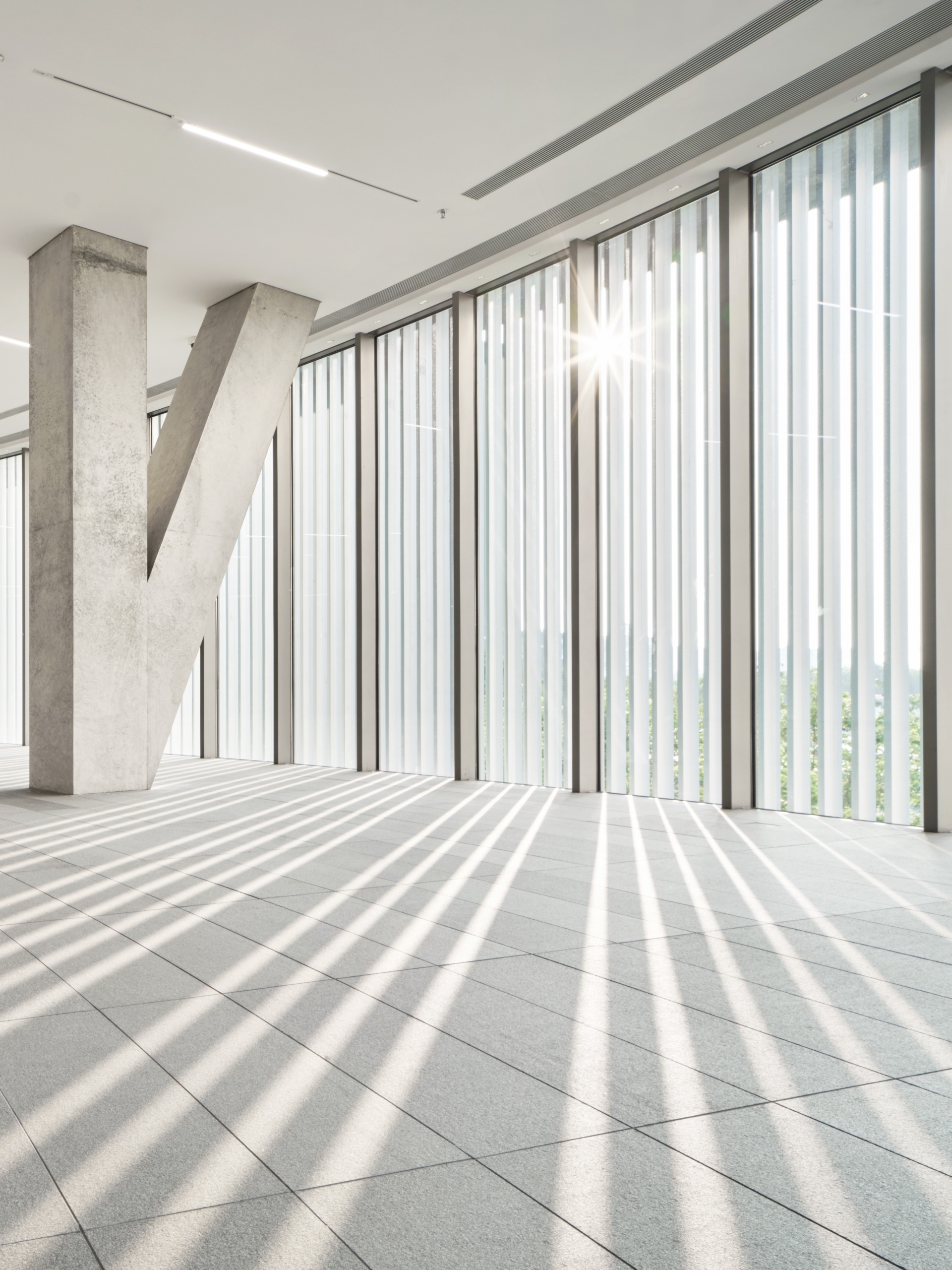
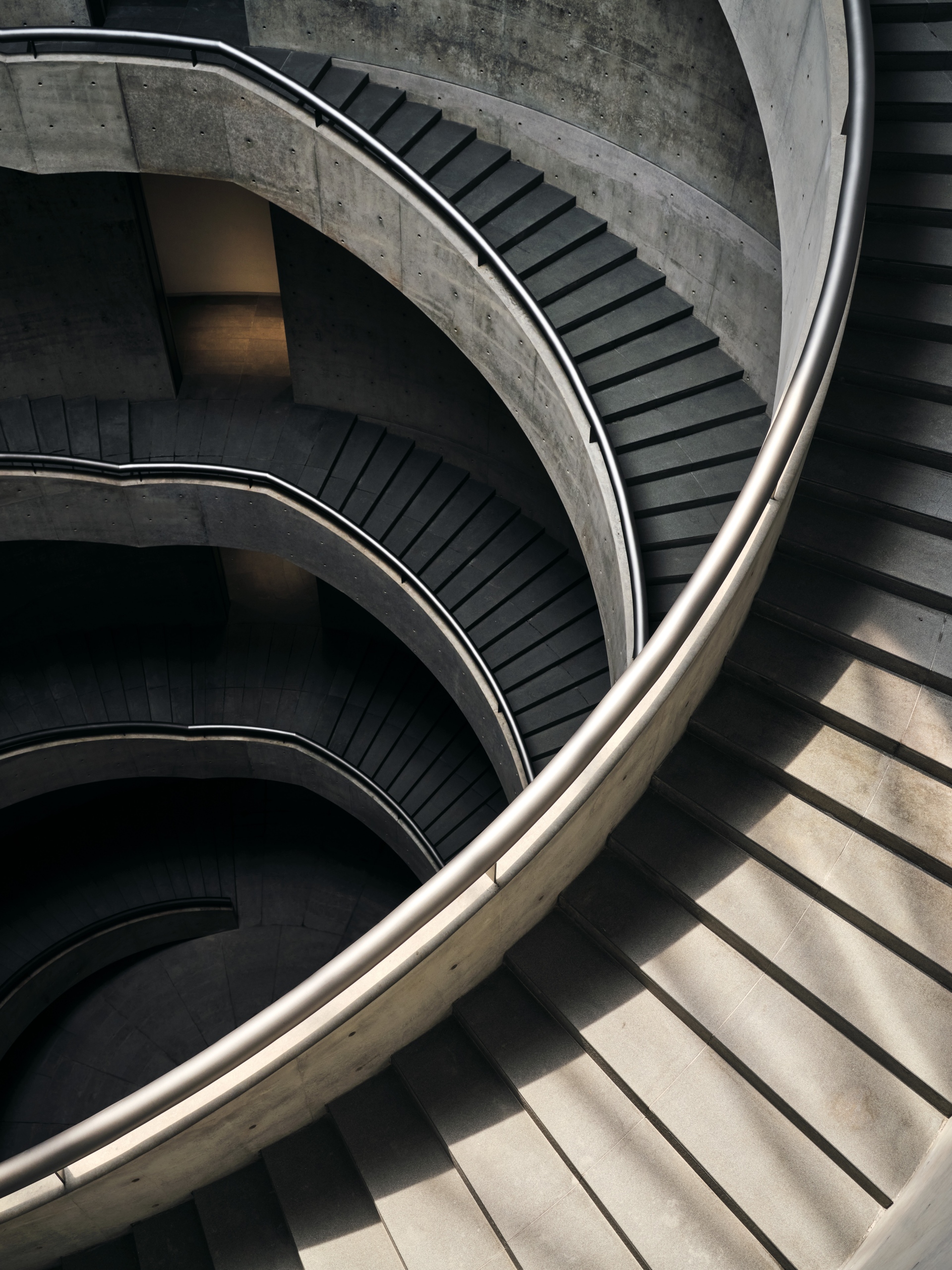
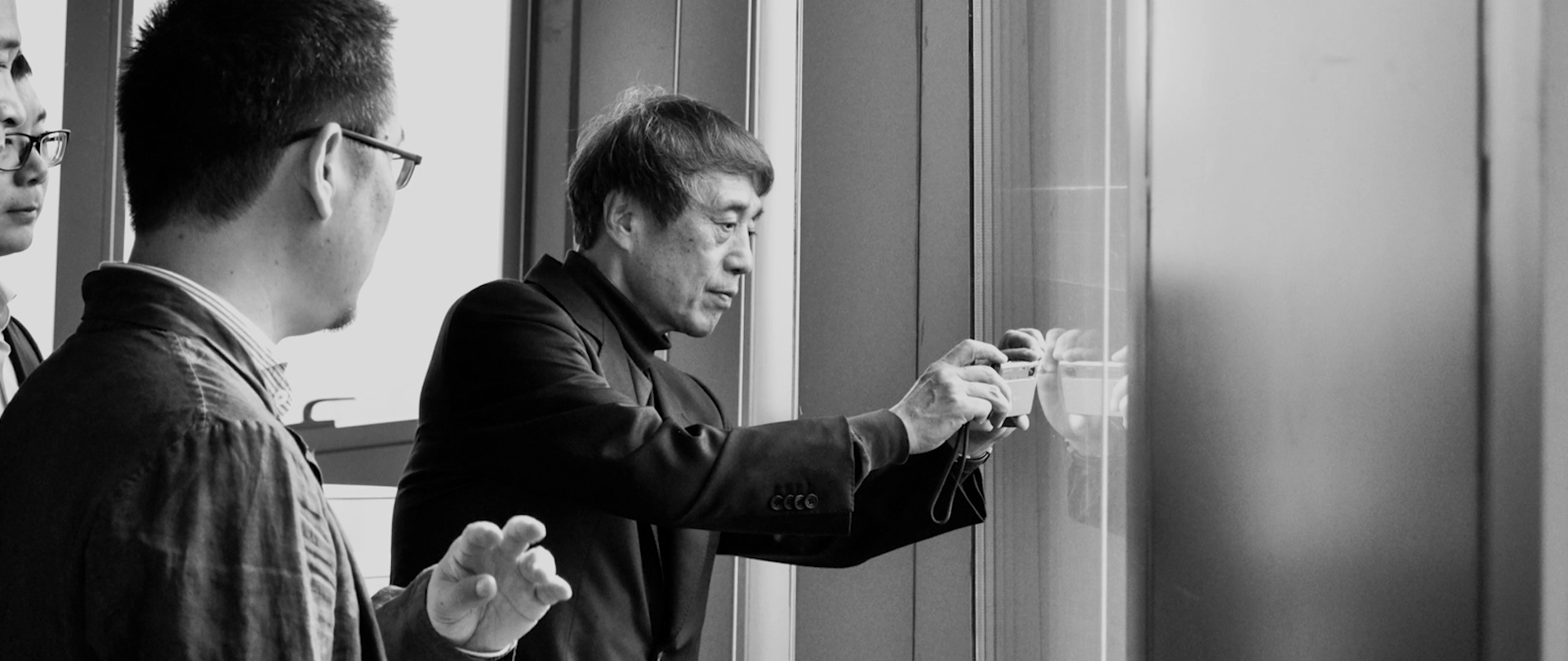
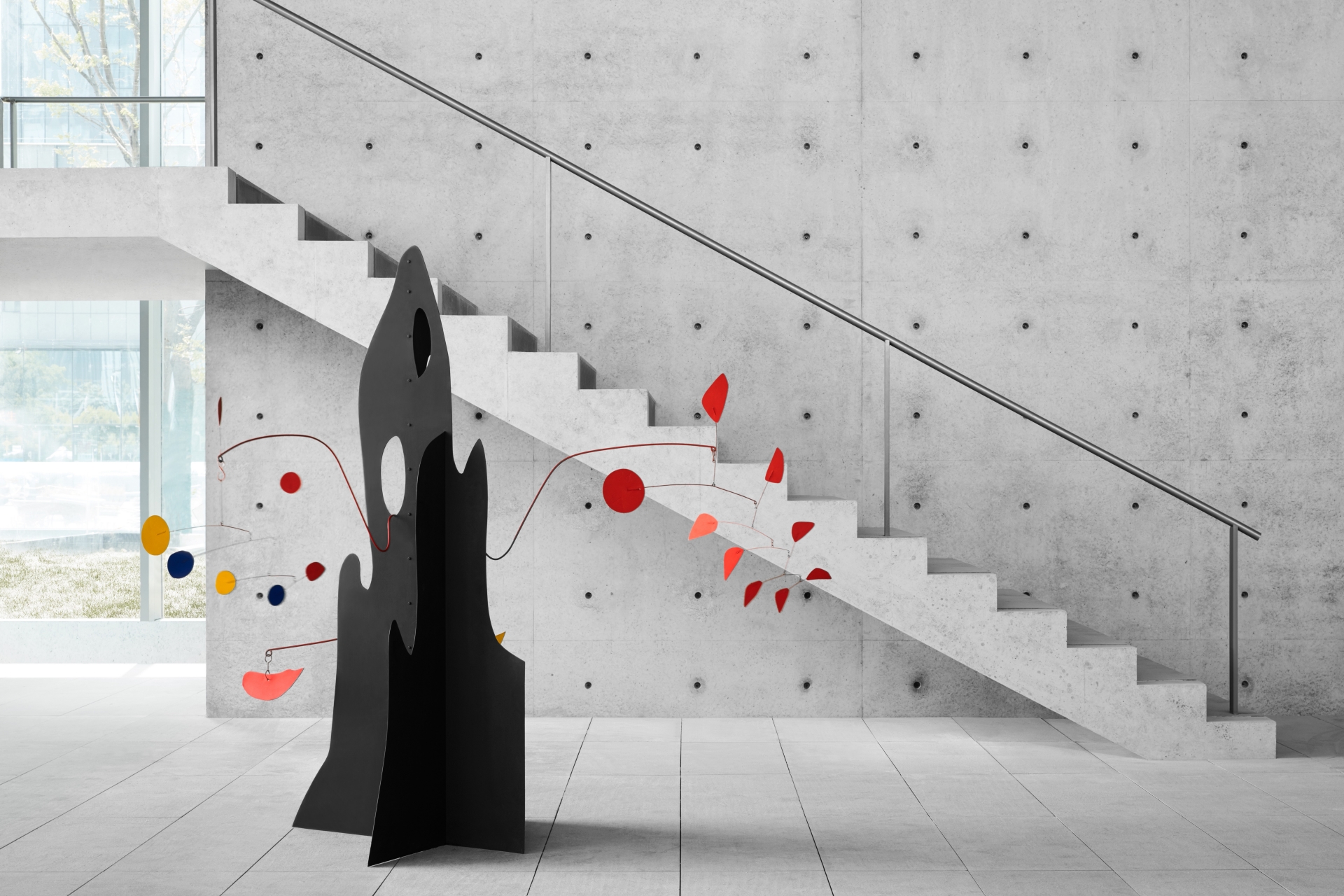
These circles constructed the space of the building through ripple-like expansion: from top to bottom, with the overlapping of four circles. With each area’s clear-cut periphery, an enriched variation effect is created through the interaction between spaces. This is also a design adopting to the subtropical climate, in which the stark changes of light will create the emotional atmospheres. In these circles, not only are spaces set up for exhibition and education programs, their flexibility is also ideal for the display of contemporary installations. The contrast between the circle and the square exhibition spaces has given more characteristics to HEM. Meanwhile, the double-helix staircase and the courtyard correspond to the overlapping circles. This dynamic presents the rich layers of the spaces that can only be achieved by the dual-spiral design. Water has been used in the main attractions, such as the pond, which also works as a cooling device during summer. Also, the reflection of the building creates a beautiful illusion as if the basement of the building is elevated up to the sky. Says its architect, Tadao Ando, “I hope HEM will become a new cultural landmark in the Canton region, at the same time, a meeting point and a harmonious space for all”.
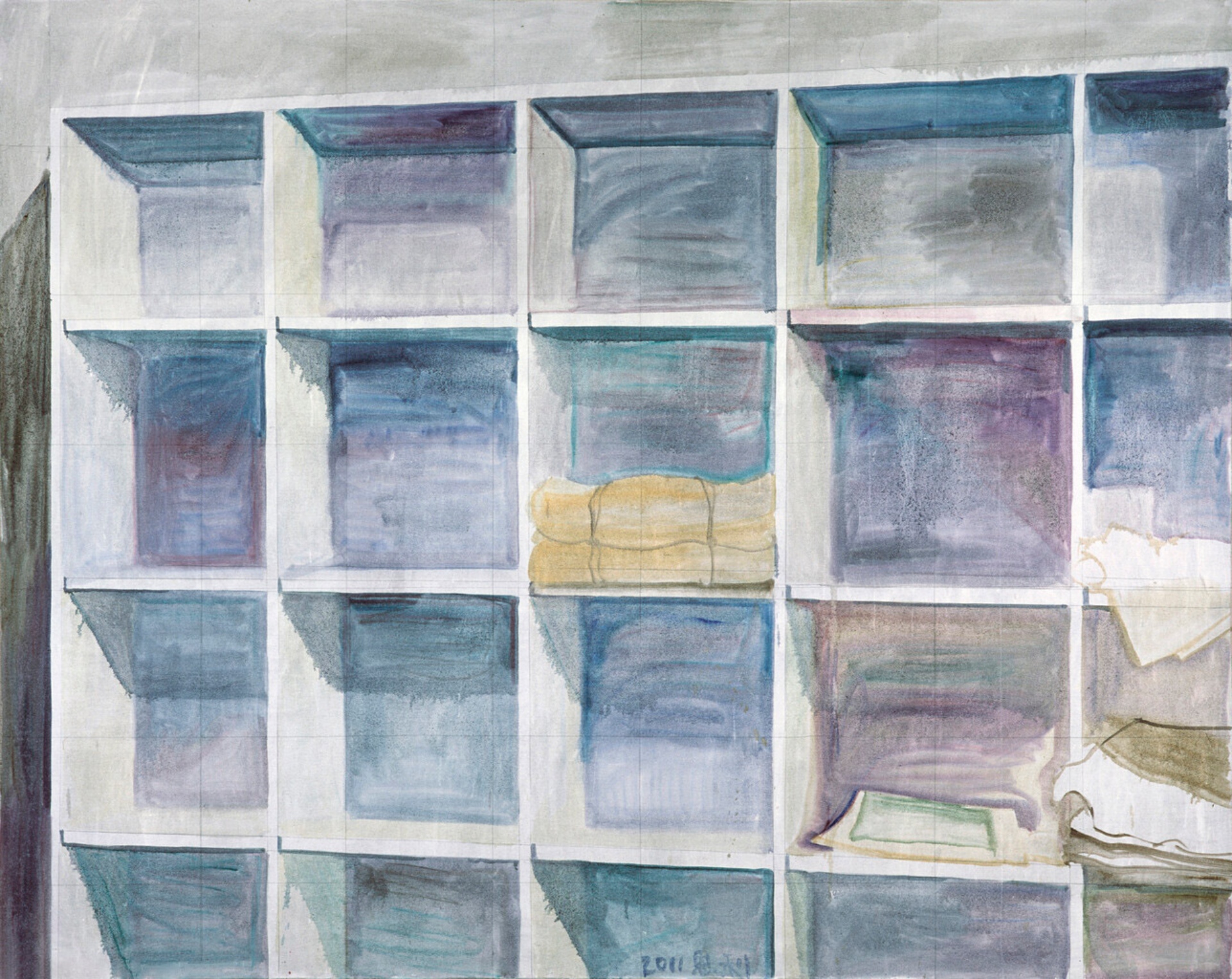
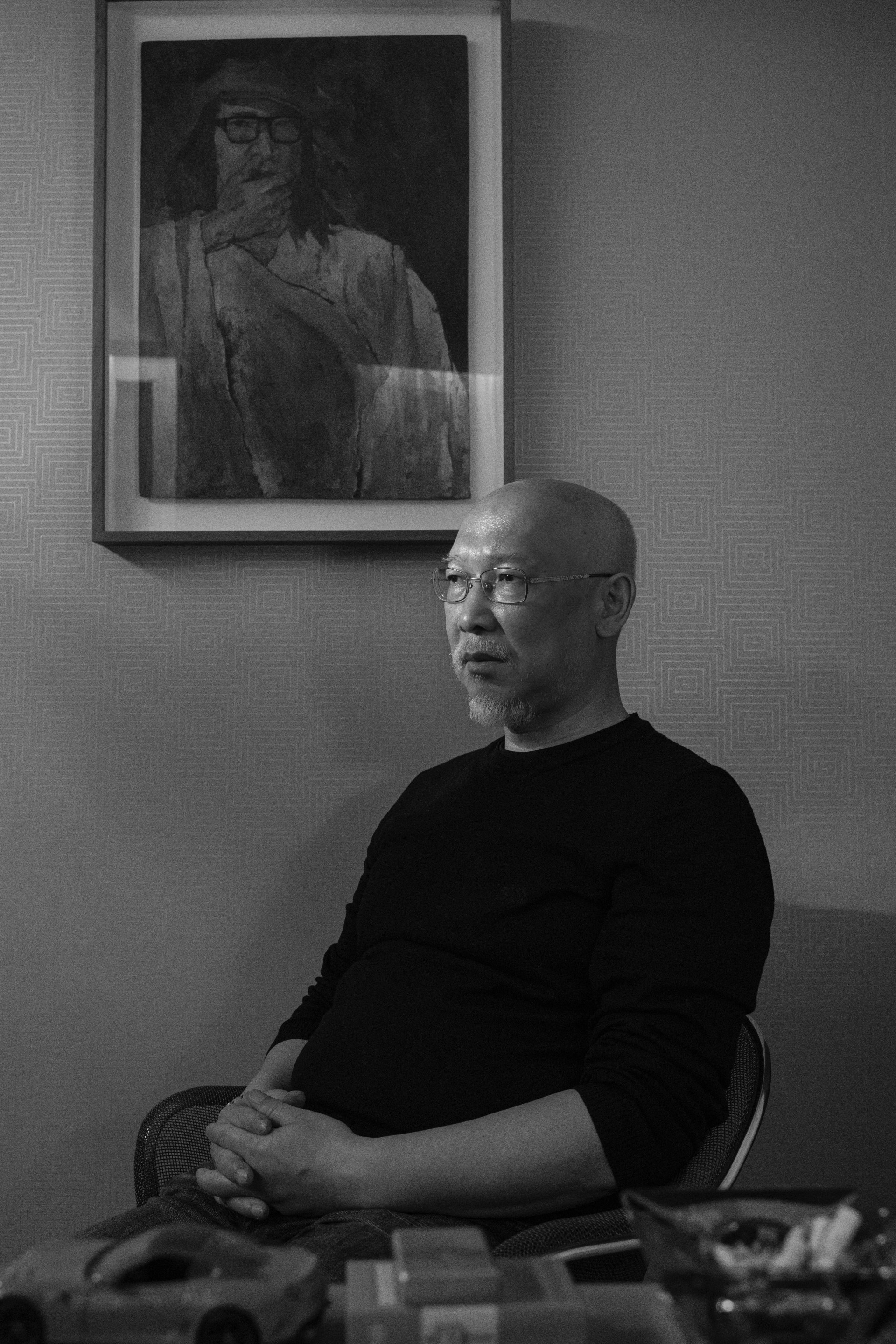
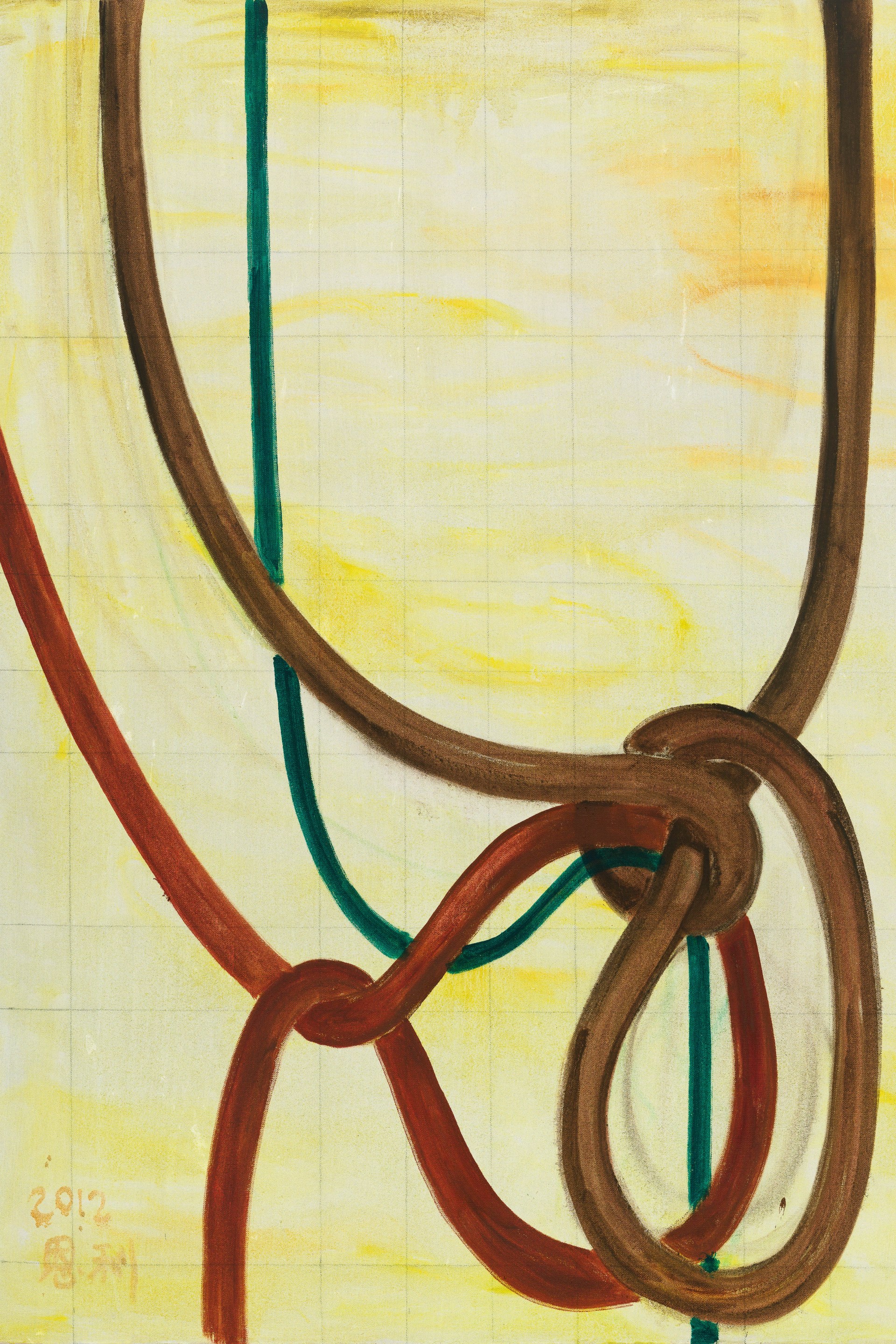
Running from now until May 14th is Zhang Enli’s “Portrait” exhibition. Zhang’s artistic practice can be understood as a kind of epistemological self-outreach, where the boundaries of external objects, inner tensions and paradigms of consciousness are always whispered in the concealment of his works. The inner self is revealed without fear: the way in which one perceives life in the present society, the way in which life is grounded, how they interpret each other, intermingle and dissolve each other. In this way, "Portrait" becomes a two-way mirror, with one side facing the self and the other facing the world. Leaving behind the bodily harshness of the portraits of the 1990’s, objects, containers and cords have become the main subjects of his concern in the first decade of the new century. The mood of his painting is now gentler and more subtle, and the details of urban life have coincidentally become the main character in his work: a bucket, a wardrobe, a piece of leather rope or a corner of floor tile, the fleeting emotions are transformed into infinite dramatic tension. Later, when the “container” of the early years is transformed into the shape of space and the “rope and tube” into the texture of space, the birth of his “space painting” is simultaneously achieved.
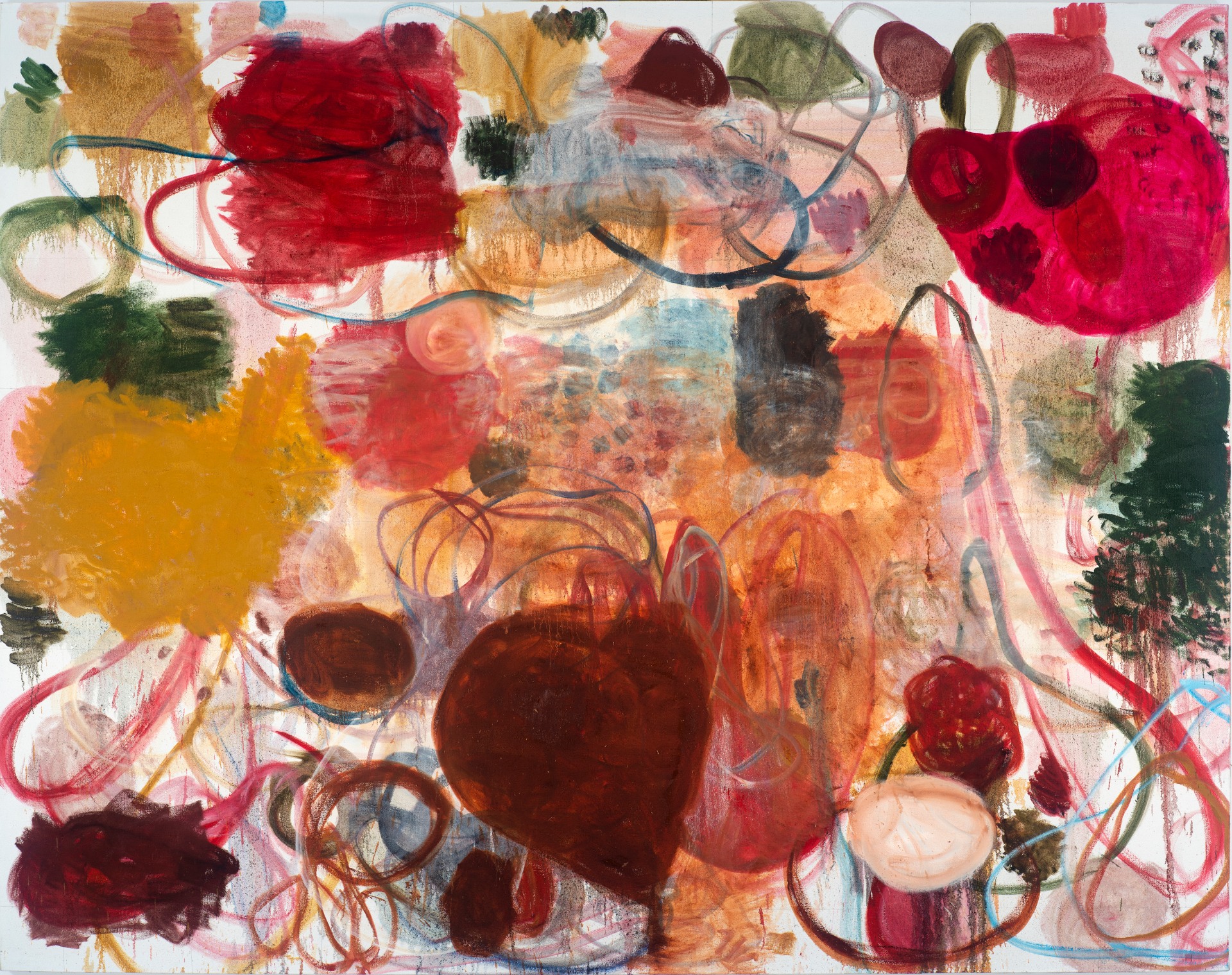
When the figurative subjects are depicted in an abstract manner, it is as if the artist is moving from an empty reflection to a plotted narrative. The reverie that tends towards stream of consciousness does not come from historical exploration or technical necessity, but from the real feelings that occur in the self. The chef, the swordsman, the landlord and the doctor all have been turned to a new epistemology, a subconscious character analysis that is also the reality in the artist's spirit. This exhibition will present over 50 paintings and site-specific installations of Zhang Enli's recent work at He Art Museum, in the space of lines, the space of objects and the space of abstract figures. The double-helix staircase of the museum seems to be in the artist's two-way mirror, where the chaotic self and the world are entwined and gazing at each other, before climbing up the stairs.
